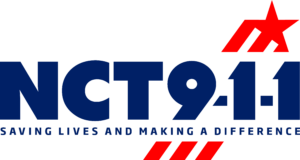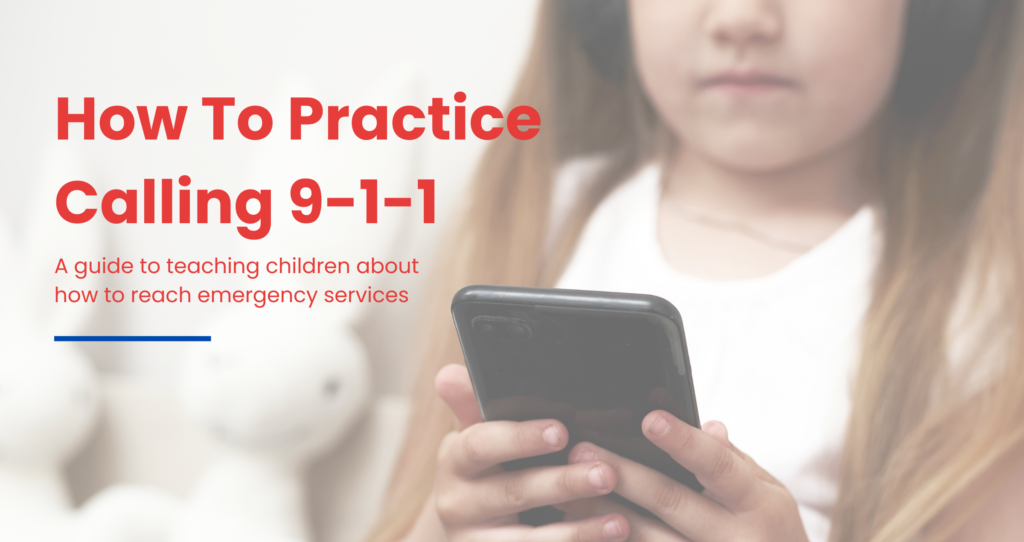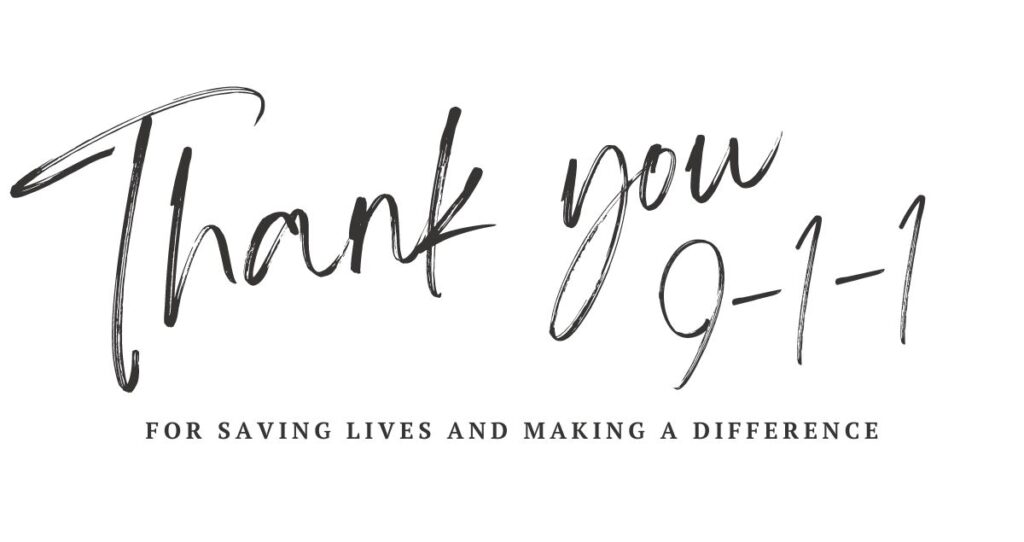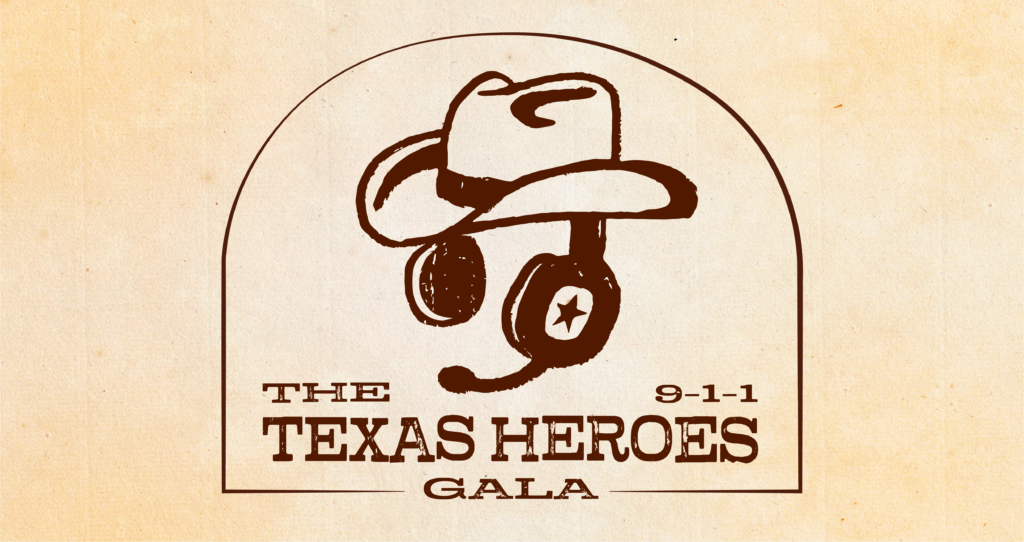How To Practice Calling 9-1-1
We at NCT9-1-1 don’t think it’s ever too early to have the “talk” with your kids. We mean having the 911 conversation of course! It’s important to teach your kids how, when, and why to dial 911 sooner rather than later so that they are prepared to handle an emergency when you’re not there to […]
How To Practice Calling 9-1-1 Read More »










